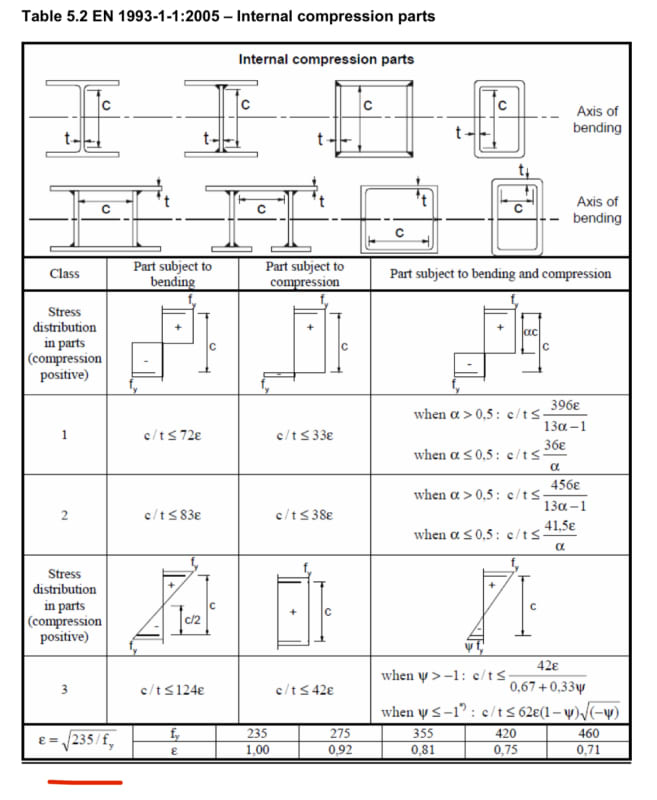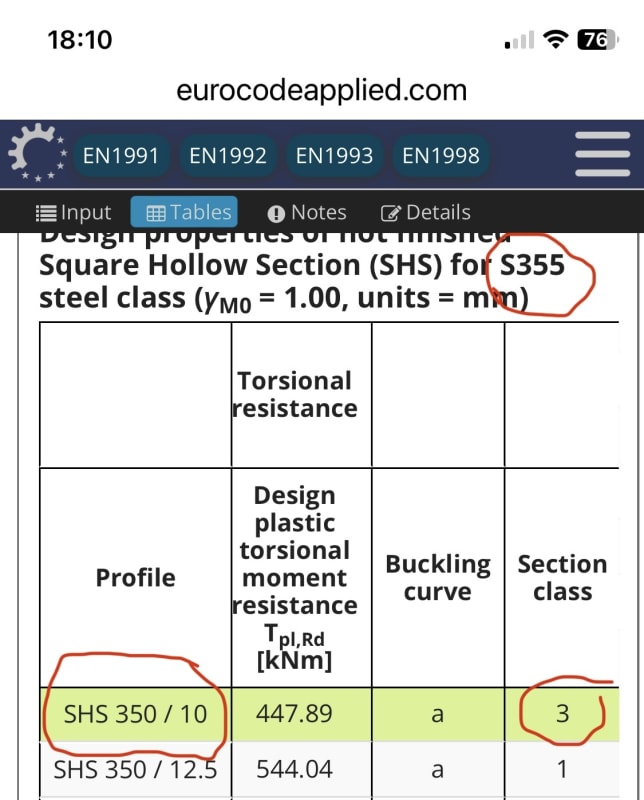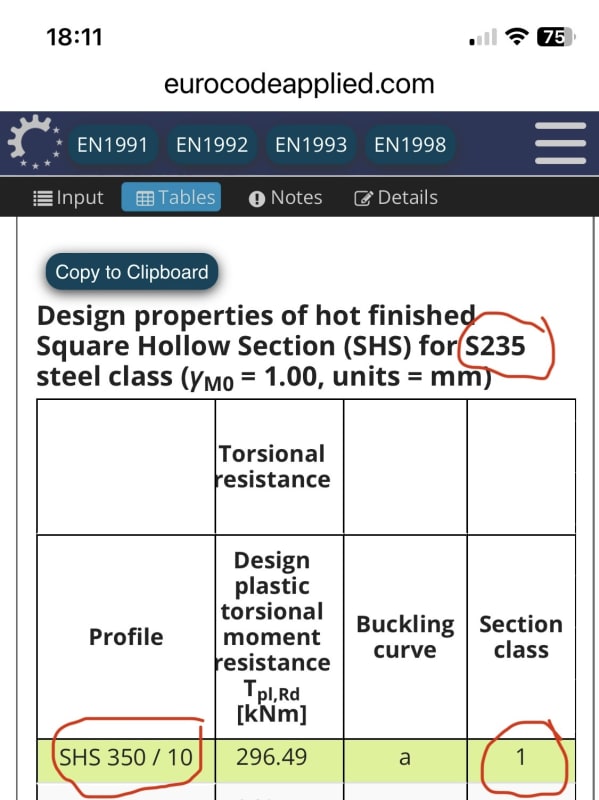Algirdas13
Mechanical
Hi everyone,
I have a question regarding the S235JR and S355JR structural steels. I have noticed that when manufacturers evaluate structures' prices there are basically no difference in price between S235JR and S355JR steels. For this reason the question arises why to choose S235JR steel rather than S355JR when the price is the same? At the moment I know that the S355JR has higher point of yield and ultimate strength, but also contains more carbon, which makes welding more complicated.
Perhaps someone can share your insights when the question arises choosing between S235JR and S355JR steels, on which factors do you rely on when choosing from those two materials?
Thank you.
I have a question regarding the S235JR and S355JR structural steels. I have noticed that when manufacturers evaluate structures' prices there are basically no difference in price between S235JR and S355JR steels. For this reason the question arises why to choose S235JR steel rather than S355JR when the price is the same? At the moment I know that the S355JR has higher point of yield and ultimate strength, but also contains more carbon, which makes welding more complicated.
Perhaps someone can share your insights when the question arises choosing between S235JR and S355JR steels, on which factors do you rely on when choosing from those two materials?
Thank you.



